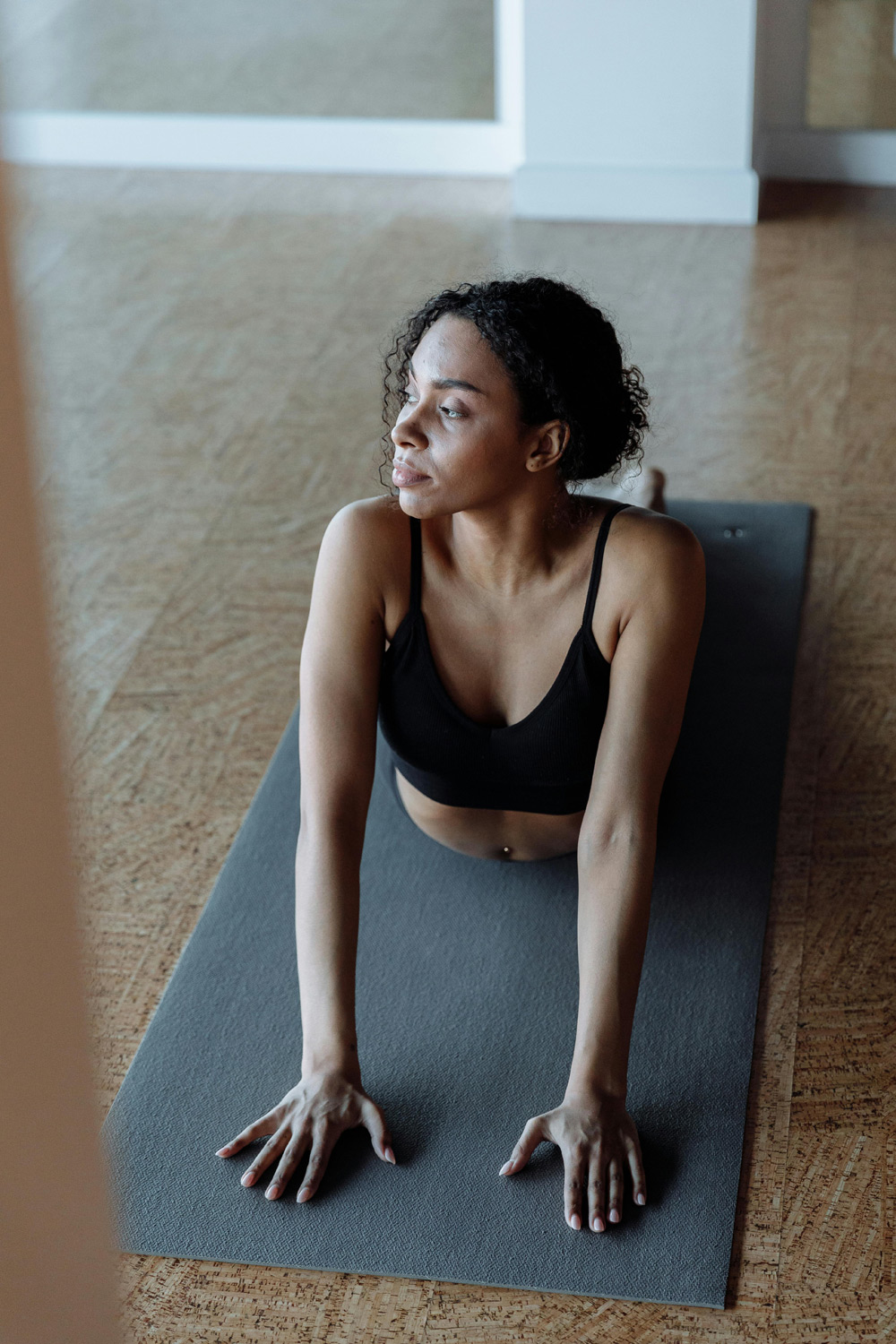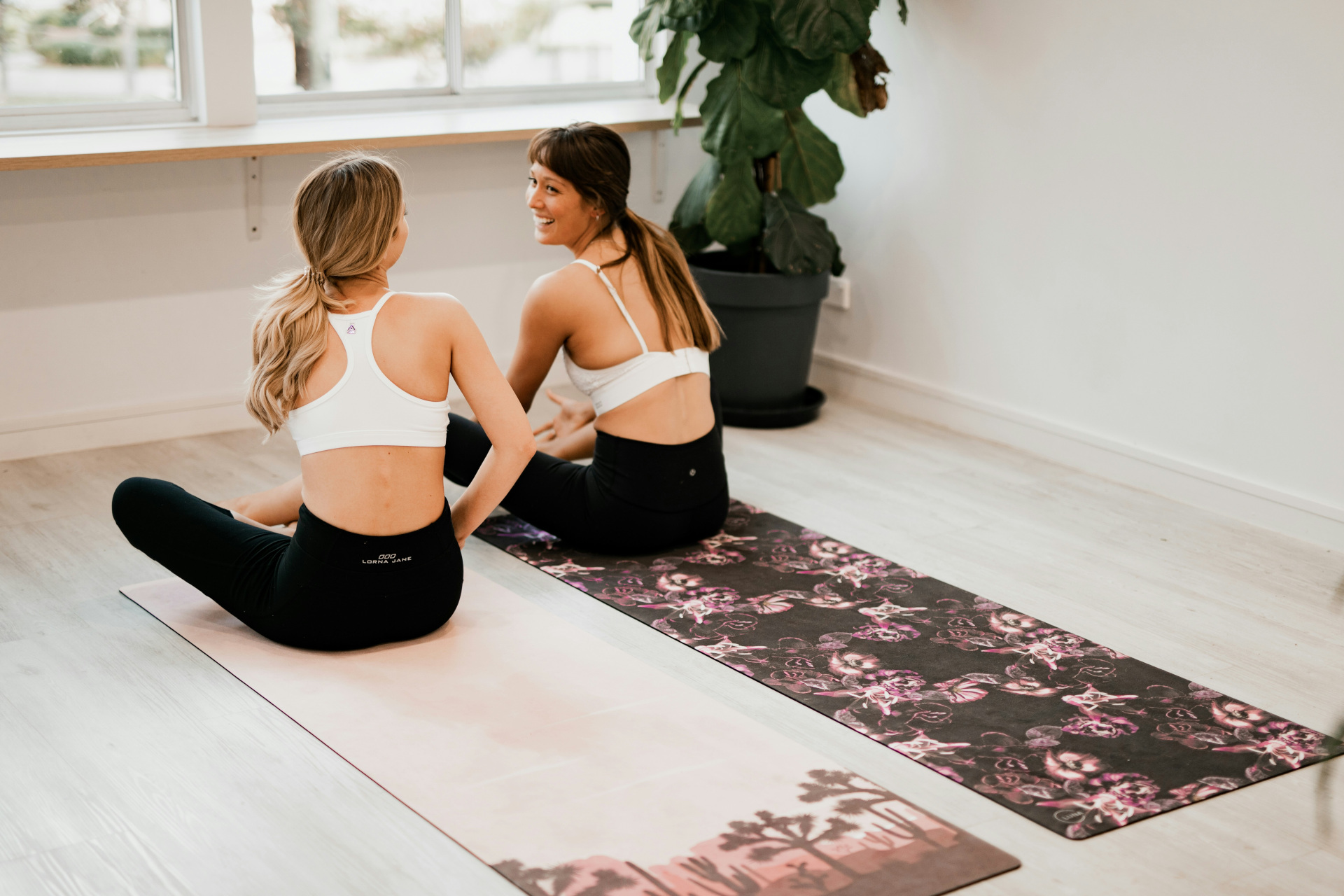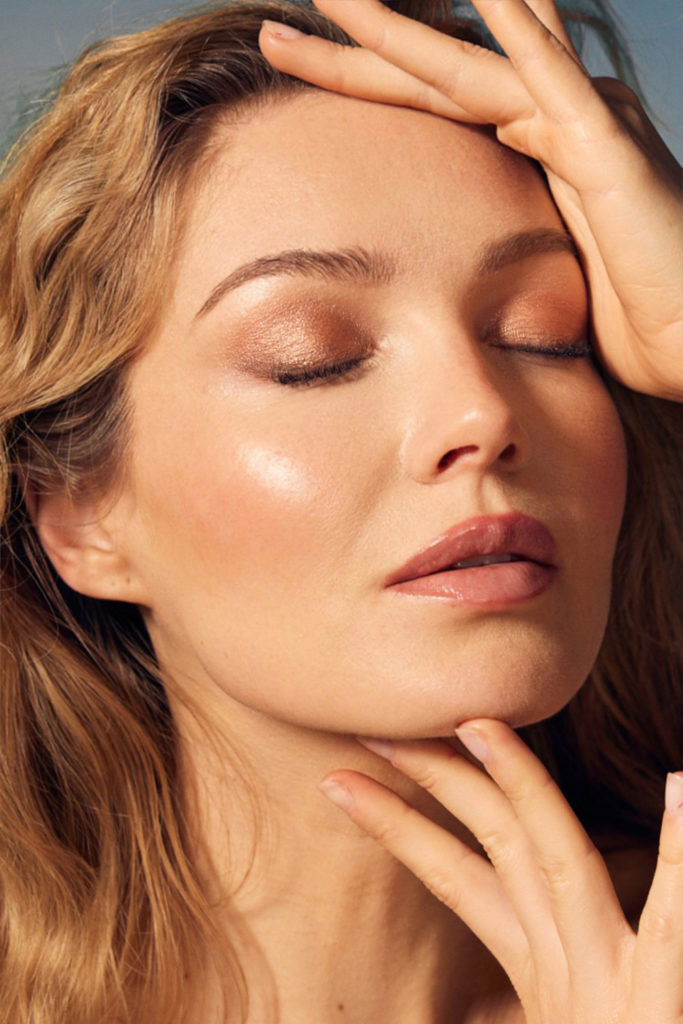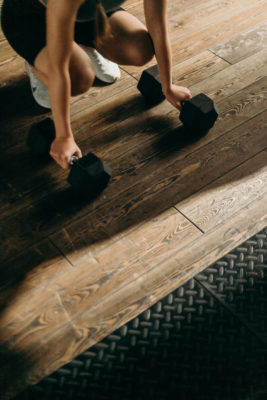
Can Exercise Really Help With PMS Symptoms?
By
2 months ago
All your key questions answered
When PMS symptoms hit, working out is often the last thing on your mind. Yet there is scientific evidence to suggest exercise can actually relieve some of the symptoms commonly experienced in the days leading up to your period and during menstruation, helping boost mood and even reduce cramping. Of course everyone experiences PMS differently, and sometimes all we want to do is curl up on the sofa with a hot water bottle. But for the times when exercising feels manageable, which workouts are best? We asked the key questions to the experts at hormone tracking app Hormona.
Exercise And PMS: Everything You Need To Know
Can Exercise Help With PMS?
The rumours are true, according to Karolina Löfqvist, co-founder and CEO at Hormona. ‘Exercise can be a powerful tool for managing PMS symptoms,’ she says. ‘It promotes the release of feel-good hormones like endorphins, which can counteract mood swings, irritability, and anxiety.’ There are an abundance of studies to back this up, such as this review from 2023, which highlighted the numerous psychological effects of workouts, including enhancing self-esteem and decreasing stress tendencies.
Exercise can help with some of the physical symptoms of PMS too – as Löfqvist adds, ‘exercise also improves blood circulation, reducing bloating and cramps.’ There’s research to support this too: one study, for instance, published in 2022 in BMC Sports Science, Medicine and Rehabilitation, found young women with high physical activity had less severe PMS symptoms. A 2019 review, meanwhile, found that doing 45 to 60 minutes of exercise at least three times a week can significantly reduce the intensity of menstrual cramps.
So what about during your period itself? There’s no one-size-fits-all approach here, but for some people working out during your period can be ‘hugely beneficial’, says Löfqvist. ‘For those that suffer from regular cramping or back pain in particular, light exercise (such as walking, yoga or stretching) can be useful to alleviate these aches. Although we often feel more tired during our period, Löfqvist stresses that a simple workout can be a ‘game-changer, helping to increase energy levels.’
However, there are exceptions: if you have severe cramps or are struggling with nausea, for instance, a rest day may be more beneficial than forcing yourself out for a run.

(c) Luna Active Fitness, Unsplash
Which Workouts Are Best For Relieving PMS Symptoms?
Again, this will vary from person to person, but low-impact exercise is often preferable over anything too high-intensity. ‘Low-impact cardio, such as walking, cycling, or swimming, can help to reduce bloating which in turn can help with PMS symptoms,’ explains Anna Targonskaya, in-house obstetrician and gynaecologist at Hormona.
‘Yoga, Pilates and gentle stretching are also great, particularly for easing cramps, as they help to promote overall relaxation in the body and release tension which can lighten any discomfort,’ she adds. Research shows stretching your abdomen, pelvis and groin can reduce the intensity of cramps, plus both yoga and Pilates focus on calming the nervous system through breathwork, as well as lowering cortisol (the stress hormone) which can exacerbate pain and impact your mood.
Targonskaya also points out the benefits of strength training, ‘especially with lighter weights or resistance bands which can give you a mood boost without overstraining your body.’
Which Workouts Should You Avoid With PMS?
There are no hard and fast rules, but if you’re feeling especially fatigued or dealing with very painful cramps, Targonskaya recommends avoiding ‘high-intensity interval training (HIIT) or intense cardio, which may leave you feeling drained.’ She adds: ‘If you experience pain in specific areas, such as in the lower back, it’s wise to skip exercises that could worsen symptoms, such as heavy weightlifting.
It’s worth keeping in mind that periods also make us more susceptible to dehydration, as fluctuating hormone levels can impact our hydration levels. ‘Activities that risk dehydration or overheating, like long runs or hot yoga, may also amplify fatigue.’
Her ultimate advice? ‘The key is to listen to your body and adapt your routine, swapping intense workouts for gentler options when needed.’









